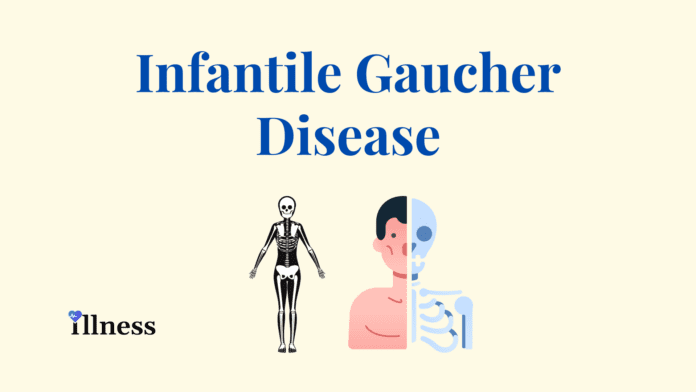Overview Of Lysosomal Storage Disease – Gaucher
Lysosomal storage disease – Gaucher is also commonly used with the term Gaucher disease. Gaucher disease is a rare genetic disorder in which a person lacks an enzyme called glucocerebrosidase (GBA).
Commonly Associated With
Glucocerebrosidase deficiency; Glucosylceramidase deficiency
Causes Of Lysosomal Storage Disease – Gaucher
Gaucher disease is rare in the general population. People of Eastern and Central European (Ashkenazi) Jewish heritage are more likely to have this disease.
This is an autosomal recessive disease. That means the mother and father must both pass one abnormal copy of the disease gene to their child in order for the child to develop the disease. A parent who carries an abnormal copy of the gene but doesn’t have the disease is called a silent carrier.
The lack of the GBA causes harmful substances to build up in the liver, spleen, bones, and bone marrow. These substances prevent cells and organs from working properly.
There are three main subtypes of Gaucher disease:
- Type 1 is most common. It involves bone disease, anemia, an enlarged spleen, and low platelets (thrombocytopenia). Type 1 affects both children and adults. It is most common in the Ashkenazi Jewish population.
- Type 2 usually begins in infancy with severe neurologic involvement. This form can lead to rapid, early death.
- Type 3 may cause liver, spleen, and brain problems. People with this type may live into adulthood.
Symptoms Of Lysosomal Storage Disease – Gaucher
Bleeding because of low platelet count is the most common symptom seen in Gaucher disease. Other symptoms may include:
- Bone pain and fractures
- Cognitive impairment (decreased thinking ability)
- Easy bruising
- Enlarged spleen
- Enlarged liver
- Fatigue
- Heart valve problems
- Lung disease (rare)
- Seizures
- Severe swelling at birth
- Skin changes
Exams & Tests
The health care provider will perform a physical exam and ask about the symptoms.
The following tests may be done:
- Blood test to look for enzyme activity
- Bone marrow aspiration
- Biopsy of the spleen
- MRI
- CT
- X-ray of the skeleton
- Genetic testing (karyotyping)
Treatment Of Lysosomal Storage Disease – Gaucher
Gaucher disease can’t be cured. But treatments can help control and may improve symptoms.
Medicines may be given to:
- Replace the missing GBA (enzyme replacement therapy) to help reduce spleen size, bone pain, and improve thrombocytopenia.
- Limit the production of fatty chemicals that build up in the body.
Other treatments include:
- Medicines for pain
- Surgery for bone and joint problems, or to remove the spleen
- Blood transfusions



